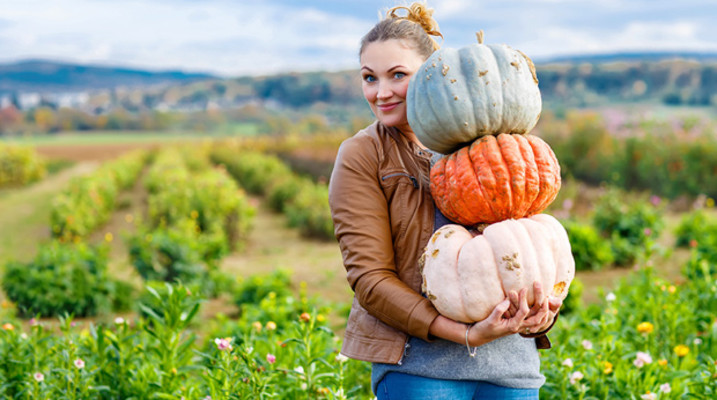
North Americans will buy and carve about 70 million pumpkins this Halloween. These days, farmers are discovering that nothing sells faster than pumpkins that are warty, twisted or oddly colored. As our more experienced trick-or-treaters know, that wasn’t always the case. For at least 50 years, industry experts say pumpkin breeders tried hard to get rid of imperfections – like warts, disfigured stem handles, or deep ribs. That’s because ugly pumpkins didn’t sell as well as perfect, round, orange ones. In fact, the ugly ones were usually sold off cheaply to make pumpkin pies. Now, the opposite’s true. Where pumpkin seeds typically sell for about $25 a pound, today’s farmers willingly pay up to $200 for a pound of seeds that are likely to turn out warty and weird. That’s because a single ugly pumpkin can sell for $50 or more, and the uglier the better!
Experts say the ugly pumpkin trend is a reflection of how commercial Halloween’s become. Demand is so strong that Martha Stewart has talked about carving ugly pumpkins on her TV show. It’s also inspired farmers to bring back some rare pumpkin breeds that were common a century ago – like blue-green pumpkins from Australia, or an extremely warty gourd known as the “Knucklehead.” In fact, industry experts say warts are the one trait customers ask for the most when they buy pumpkins for carving, but a lot of people are still squeamish about eating pumpkins with warts. That’s also true of the pumpkin’s distant cousin, the squash. In case you’re worried: Those lumpy or warty pumpkins and squash are perfectly safe to eat and taste no different than smooth, perfect pumpkins.
